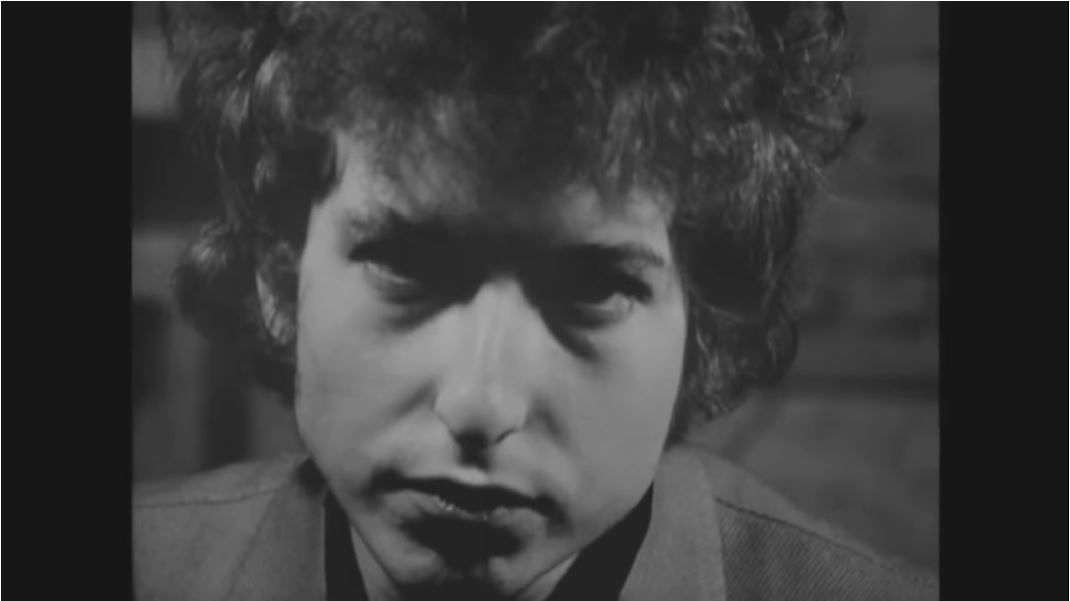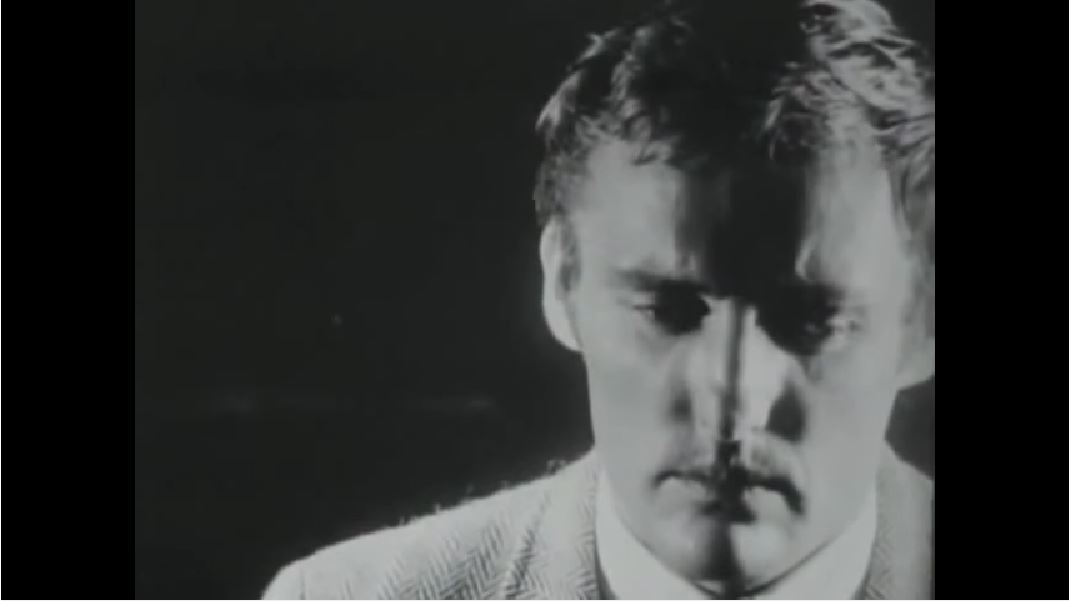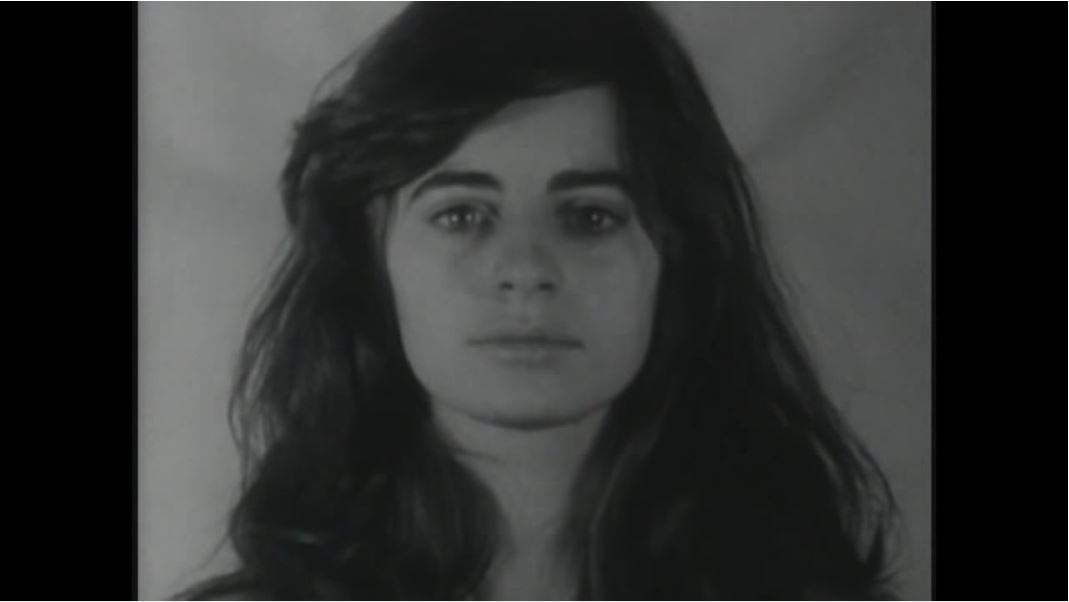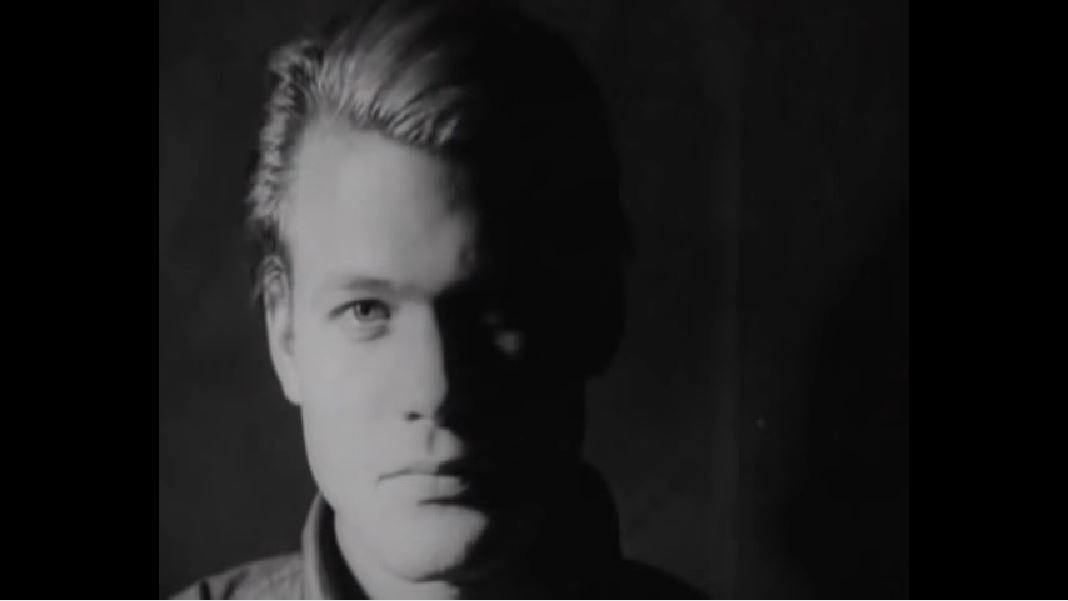Justice Jackson | April 2018
Though Andy Warhol’s paintings and prints may have elicited a grander more refined image of what it means to be an icon, it is perhaps his screen tests that provide a genuinely organic and human representation of celebrity. Film captures the essence of a person differently than a painting does, or possibly could. A painting can insist that somebody was real, but it could never prove it. Film proves to the viewer that this person is or was alive, whether or not they actually were. Warhol’s screen tests show clearly show his understanding of both mediums.
Screen tests are traditionally used in Hollywood as a way to see how an actor or actress performs on screen. Warhol subverts this notion and challenges the performer and the viewer almost equally. In film, the frame rate is what determines the speed of the picture. It was typical for Warhol to incorporate slower frame rate of 16 frames per second instead of 24. At this speed, film is not slow enough to be called slow motion, but slower than normal speed. This frame rate is symbolic of the idea of seeing a celebrity. It is a fleeting moment that may only last a minute or two, but in that moment, it feels like time slows down. Andy Warhol himself surely knew this feeling; he possessed a well-known obsession with celebrity and he wanted to capture the feeling in these films. His screen tests emphasize the polarizing glare of both camera and the viewer. These films are intended to make you the camera, staring at the individual in an awkward, intriguing battle. The eerie, phantom-like rhythm emphasizes this idea of being in the limelight, while also illustrating the anxiety caused by it.
It becomes clear after experiencing a few of these screen tests, that the uncomfortableness of the situation slowly begins to affect the subjects. Those who Warhol screen tested were not allowed to talk or move, forced to sit within these conditions. Edie Sedgwick’s Screen Test, for example, begins with her staring wide-eyed at the camera and quickly become evident she is attempting to avoid blinking, eventually giving up. She begins to bite her lip as she visibly grows more and more uncomfortable. These small motions are amplified by the slower frame rate and enhance the human aspect of the films. Dennis Hopper’s Screen Test, presents an experience where it’s difficult to determine whether the subject is trying to act, or if it is simply too difficult for him to look at the camera. Every glance at the lens feels challenging, only able to look for a few seconds before cracking a small smile and looking away. These are the moments where the human quality of the screen tests shine through.
This effect has an undeniable feeling of mortality. It reflects life and death just as much as it reflects celebrity. Each screen test fizzles into existence through a white haze. Then fizzles out the same way. Not as an effect but marking the actual beginning and end of the film strip used by Warhol in the test screens. Warhol made the conscious decision to leave these parts in. Beyond the more obvious white light at the end of the tunnel motif, the simple fact of the film reel running out mimics the idea of getting older and running out of time as well as the fickle nature of stardom. Warhol didn’t stop recording when he felt like it, he allowed the film reel to run out on it’s own. When the camera stops rolling, these people stop existing. Not only was Warhol utilizing film in a different manner than a Hollywood filmmaker, he was commenting on Hollywood filmmaking, he intended to humanize and make mortal its celebrities.
For some, these screen tests may not have translated, coming simply as a few minutes filled with characters that may or may not have been recognized, looking into the camera like a deer stuck in headlights. On further examination, these films begin to reveal much more, they made celebrities of the average person and humans of icons. They are a statement on mortality and Hollywood filmmaking. They are called screen tests, but who are they really testing?









